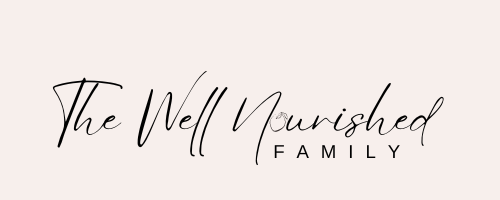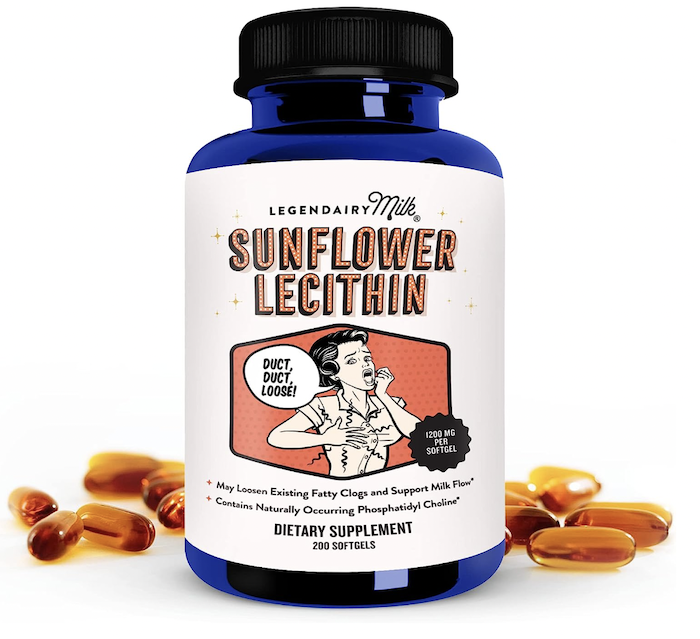10 Home Remedies for Clogged Ducts – 2022 Revised Protocol
Ahh your first long stretch of sleep last night. You feel like a new woman! All the things you will do with 5 hours of rest. But wait, you feel something… Could it be? Oh no. Please no.
Yes. Clogged duct.
Fear not, mama! We’ve got you covered with these 10 steps to help you reduce painful breast inflammation and prevent mastitis.

Milk ducts carry the milk from your breast tissue to your nipples. It has always been thought that these ducts become “clogged,” or “plugged,” However, recently the Academy of Breastfeeding Medicine discovered that the plug is actually a narrowing of the ducts due to inflammation.
Nonetheless, if you begin to feel symptoms of a “clogged” duct, which we will now address as inflamed ducts while breastfeeding it is best to take action immediately. Inflamed milk duct symptoms include breast tenderness or warmth to the touch, a specific area of pain on the breast, a new lump on the breast, and redness in one area on the breast.
If a woman has an oversupply or her baby has a weak or improper latch, this may cause frequent inflamed ducts and it is best to speak with a lactation consultant to address the issue further.
An untreated clogged duct may result in mastitis, which is an inflammation in the breasts due to an infection. This can be treated with antibiotics. Keep an eye on your temperature and note any change in symptoms. Notify your health care provider at the first sign of clogged duct symptoms and keep them posted if they worsen or subside with home remedy treatment.
Always keep your healthcare provider informed about new symptoms and ask before taking any supplements.
10 Home Remedies for Clogged Milk Ducts:
1.) Take Sunflower Lecithin
- Sunflower lecithin (Amazon) is an emulsifier that helps thin the breastmilk thus making it smoother and less sticky. Essentially, this may prevent the breastmilk fat from clumping up and causing a blockage in the milk duct. Some people report symptom relief within 24 hours of taking a dose of sunflower lecithin.
- I’ve learned to never travel without a bottle of this in my bag! Sometimes I take it prophylactically when I know I will have a longer stretch in between feeds.
2.) Drink A lot of Water
- Nursing mothers need 16 cups of fluids per day and more if exercising or in extreme heat. 16 cups = 128 fluid ounces (a standard water bottle is 16 ounces, so you would need about 8 water bottles to consume 16 cups of water per day!) You CAN get fluids from other drinks and food content!
3.) Completely Empty Each Breast When Nursing/Pumping
- If your baby is not emptying your breast completely make sure you empty by hand expressing or pumping. Speak with an IBCLC if you are unsure.
- Do not increase milk feeds or pumping as this may lead to oversupply.
4.) Alternate Starting Side with Each Feed
- Whether nursing or pumping, your letdown will occur on both breasts. Unless pumping on both sides or nursing twins simultaneously, one breast will be emptied first. The other breast may begin to build up and become engorged unless released within a timely manner.
- This usually is not an issue if you are not experiencing milk duct inflammation, however, with inflammation it helps to alternate starting breast to ensure the complete emptying of each breast.
5.) Gently Massage Your Breast
- Try a gentle massage with your hands or a low-setting massager. It is helpful to do this while your baby is nursing or you are pumping as the milk is flowing and allows for a better chance to expel the clog. Massaging in a hot shower or bath may also help.
- Avoid deep massage to reduce swelling.
6.) Apply Cold Compresses
- The 2022 mastitis protocol revised, explains that a cold compress should be applied to the breast (as opposed to heat) to reduce inflammation.
- I love these Lansiloh Breast Therapy Packs (Amazon) for breastfeeding. You can keep them in your freezer and use when you feel the onset of inflammation. No leaky plastic bags of ice!
7.) Wear Loose Clothing
- A tight bra or clothing may restrict the natural flow of the milk preventing the clog from being released. Try to wear loose shirts, wraps, and bras while breastfeeding.
8.) Take Ibuprofen or Anti-inflammatory Medication to Reduce Breast Inflammation
- Discuss any medications with your healthcare provider.
- Keep in mind that ibuprofen may mask symptoms like reducing fever – just be mindful and listen to the symptoms of your body.
9.) Soak Affected Area in Epsom Salt
- For stubborn clogs, mix Epsom salt and lukewarm water in a Haaka (Amazon). Place the haaka on the affected breast and let it sit for 5-10 minutes. Repeat this as many times as needed until you find relief.
- *Epsom salt may lead to dry, cracked skin. Avoid placing the Epsom salt directly on the nipple and try to place it only on the affected area of the breast.
- If you do not have a hakka you may try mixing a bowl of warm water and Epsom and dip a washcloth in the solution. Then, apply the solution to the affected area on the breast and repeat for 5 minutes.
10.) Monitor For Fever or Flu-Like Symptoms
- If You Have fever or flu-like symptoms, call your doctor as you will likely need antibiotics!
Other tips:
- Do not pump or nurse more than you need to, to prevent an oversupply. Your body will produce as much milk as your baby (or pump) demands. Massaging and completely emptying your breast will not cause an oversupply.
- If you are dealing with an extreme oversupply and cannot empty your breasts fully you may consider taking Sudafed under the supervision of your health care provider. This should be done very slowly and minimally to slightly decrease your supply. You may also try Cabbage Leaf Therapy to reduce engorgement due to oversupply.
- Prevent cracked and infected nipples by using nipple cream/butter, breast pads, and letting nipples air dry after nursing.
La Leche is a great breastfeeding resource if you are interested in learning more about the 2022 revised mastitis protocol or breastfeeding care in general.
Personal Note:
I have had mastitis (full-on fever and flu-like symptoms) 5 times! I took antibiotics 4 out of the 5 times. My sister has had mastitis more than I, and she seemed to have finally cracked the code with a home remedy. By the time I experienced symptoms (the 5th time), I reached out to her and she sent me this list (steps 1-10) and it actually worked! I did not have access to antibiotics at the time, so I cracked down on really taking care of my achy breasts at home with all that I had access to. Within 24 hours, my symptoms subsided (including my low-grade fever and aches). I hope this helps you and encourages you that there is a remedy if caught in enough time! Don’t shy away from medicine when you need it though!
Bottom Line:
Clogged ducts are painful and may lead to a more serious condition called mastitis. It is recommended to begin home remedy treatment as soon as you notice symptoms while also notifying your healthcare provider.
Written by, Avery Rea & Sheridan Glaske, MS, RDN, LD
*As An Amazon Associate I may earn from qualifying purchases.









